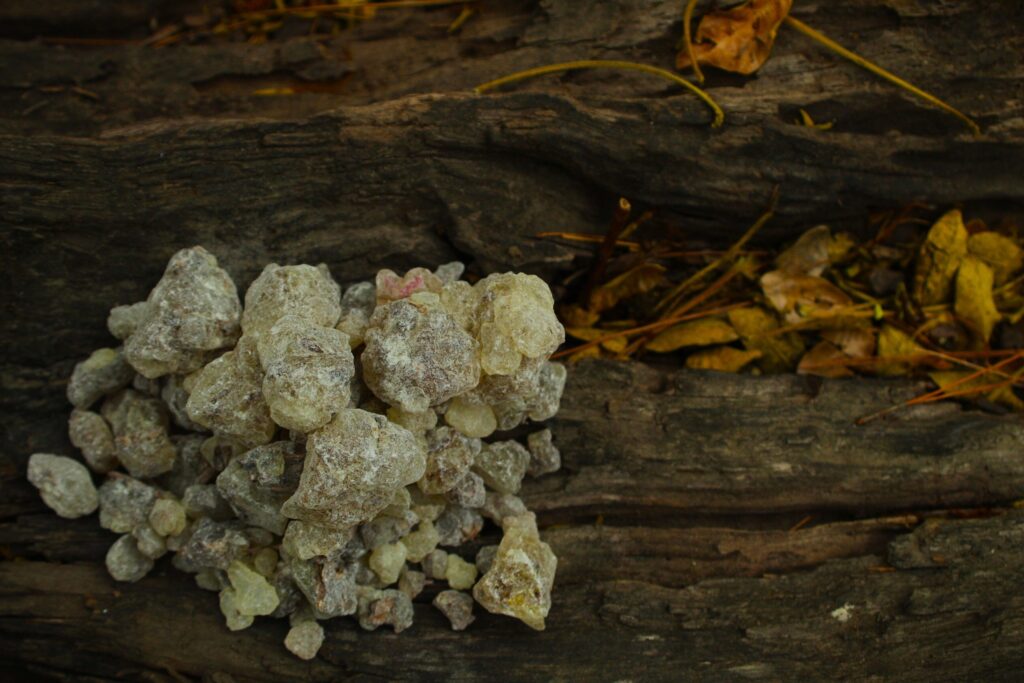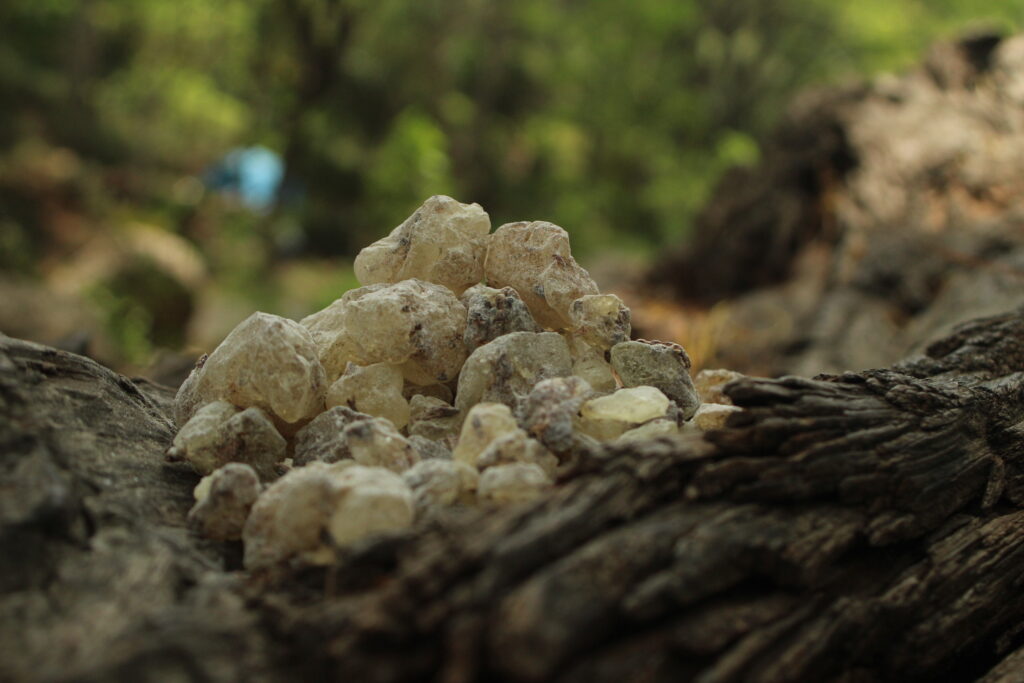Gum
Indonesia, with its inexhaustible normal riches, has created different common materials that have wide financial esteem and employments. One of these materials is gum gum, a sap gotten from certain trees, particularly from the Dipterocarpaceae family which develops copiously in Indonesia’s tropical woodlands. Gum gum has interesting characteristics that make it profitable in a assortment of businesses and applications.

Uniqueness of Indonesia’s Natural Resources
Indonesia, with around 17,000 islands and its assorted climate, makes perfect conditions for the development of Dipterocarpaceae trees. These trees, such as Shorea, Vatica, and Hopea, are the most sources of gum gum. The differing qualities of Indonesia’s vegetation makes this country one of the most makers of gum gum within the world.
Transparent and Hard Properties
One of the most characteristics of gum gum is that it is straightforward and difficult at room temperature. These properties make it profoundly esteemed within the paint and varnish industry, where gum resin is utilized as a base fabric to supply sparkle and strength to painted surfaces.
Distinctive Scents and Traditional Uses
Some types of gum resin have a distinctive aroma, which makes them suitable for use in making candles and incense. In addition, gum resin has been used traditionally in a variety of applications, including in the food, pharmaceutical, and cosmetic industries as a thickening, emulsifier, and film-forming agent.
Drying Properties and Applications in Paints and Varnishes
Gum resin has drying properties that are useful in the paint and varnish industry. This helps paints and varnishes to dry quickly after application, increasing the efficiency of the production process.
Role in Sustainability
Gathering tar gum must be done shrewdly to guarantee the supportability of common assets. Supportability measures, such as replanting trees from which sap was collected, have to be be actualized to secure the environment and guarantee the accessibility of tar gum for future eras.

Environmental Preservation and Local Economy
The production of resin gum not only provides economic benefits for local farmers but can also be an impetus for preserving tropical forests. Wise harvesting and management can support environmental sustainability while providing livelihoods to local communities.
Indonesia, with its abundant natural resources, continues to be the center of global attention for innovation and natural resource development.
Gum plastic is a clear example of how the country not only contributes to the global economy but also maintains biodiversity and environmental sustainability.
As a precious natural resource, gum resin continues to play an important role in industry and daily life, marking Indonesia’s extraordinary contribution to the sustainable use of its natural potential.